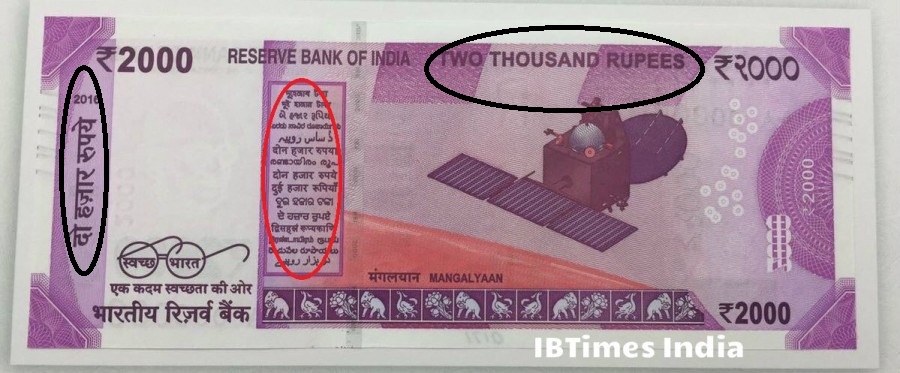
#ANOTHER WORD FOR UNNECESSARY FUSS FREE#
What the reader is not told is that the very WMF mission is "to make and keep useful information from its projects available on the internet free of charge, in perpetuity." The email's authors are first introducing the notion of a subscription fee – by commenting on its absence – and then go on to say that people should give again to keep Wikipedia free – which in the context of the previous passage can only mean they should give to avoid a subscription fee being charged in the future. (2) kindly consider giving again, or even increasing your gift, to keep Wikipedia free and independent. (1) We choose not to charge a subscription fee, but that doesn't mean we don't need support from our readers Below are six key phrases from the first of the three India emails shared on Meta that caught my eye – and, I am sure, that of many recipients. The WMF makes sample email texts and designs available for review (see Meta). This month, emails and banner campaigns ran in India, Latin America and South Africa.

The timing of the email and banner campaigns varies by country. According to the most recent Fundraising report, 35% of WMF revenue is brought in by emails, 29% by desktop banners, 25% by mobile banners and 11% by other sources. The WMF mainly uses a two-pronged approach in its fundraising: it sends emails to past donors, inviting them to continue their support, and it places fundraising banners on Wikipedia. And the WMF holds the purse strings, controlling the unprecedented wealth that results from its fundraising success. In days past, the contributors that built Wikipedia were only bound by a shared interest in free knowledge but money has increasingly become part of the glue that ties the movement together. Money is also changing the very nature of the movement: an increasing number of decisions are no longer made on-wiki, by a community of unpaid volunteers, but by functionaries and paid staff of the WMF and its affiliates. Today, the WMF is an organization with around 600 staff and contractors, rising compensation for its top executives ( eight of whom saw compensation for their roles increase to more than $300,000 by 2020) and annual salary costs estimated at around $200,000 for each full-time employee – more than twice as much as the 501(c)(3) nonprofit Internet Archive, for example, judging by a comparison of the most recent Form 990 for each. Indeed, 2010 marked the first time annual WMF expenses exceeded $10 million – three years after Wikipedia first became a global top-ten website. In 2013 – less than a decade ago – Erik Möller (the WMF's VP of Engineeering and Product Development at the time) thought the Wikimedia mission would be sustainable on "$10M+/year". It is worth remembering that the influx of such substantial amounts of money, raised mostly through email campaigns and fundraising banners placed on Wikipedia, has completely transformed the WMF as well as its assumptions about what kind of organization it is – or should be. Almost all of this is in cash and investments. Together with this year's increase in the value of the Endowment and the Foundation's as yet unreported fourth-quarter revenue, this means that the WMF will now have a very comfortable cushion of about $400 million. How are things shaping up in the current financial year, due to end on June 30? The Finance & Administration department's third-quarter review, put online this month, states that in the first three quarters of the 2021/2022 financial year the Wikimedia Foundation already exceeded its annual target of $150 million, taking $153.6 million in revenue while spending less than it budgeted for.Īs a result, Foundation assets rose by another $51.9 million.

Altogether, then, the work of WMF fundraisers last year brought in about $90 million more in revenue than the Foundation spent, bringing total Wikimedia assets to over $330 million. In 2020/2021 (the WMF's fiscal year runs from July to June), the Foundation reported an increase in net assets of over $50 million while the Wikimedia Endowment – which is held by the Tides Foundation and organizationally separate from the Wikimedia Foundation – increased in value from $62.9 million to over $100 million.

The Wikimedia Foundation has been doing very well in recent years. This seems, therefore, a good time to review the Foundation's fundraising messages against the background of its increasing wealth.

It has also published finance updates in its quarterly reviews. This month, the Wikimedia Foundation (WMF) has been fundraising in the Global South.


 0 kommentar(er)
0 kommentar(er)
